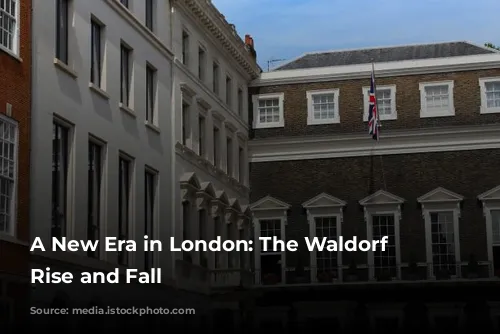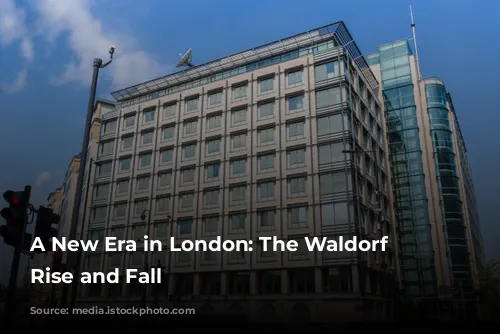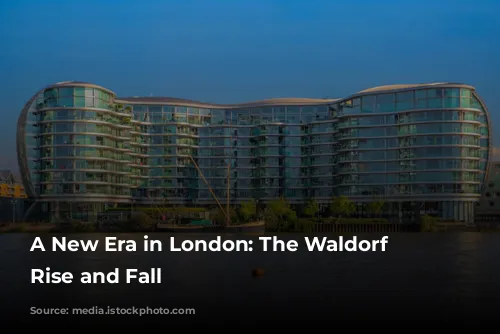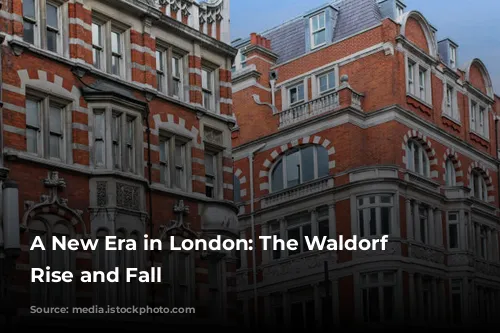The year was 1889, and a new era of change was sweeping through London. The newly established London County Council was plotting a grand scheme to transform the city’s landscape, reminiscent of the ambitious rebuilding efforts following the Great Fire of 1666. Their vision: to widen the Strand and create a majestic crescent called the Aldwych at the end of the new road to Holborn, named Kingsway. Amidst this flurry of construction, a pair of visionaries, Edward George Saunders and Thomas Frederick Wild, saw an opportunity.
The Dream of a Grand Hotel
Saunders, the manager of the Coronet Theatre, had long harbored dreams of owning his own theatre. He shared his vision with Wild, a chartered accountant, who enthusiastically embraced the idea. Together, they conceived of a luxurious complex that would combine a theatre with a grand hotel, aiming to create a landmark of elegance and entertainment. Their ambition was bold and their goal was clear: they wanted to create a haven of luxury in the heart of London.
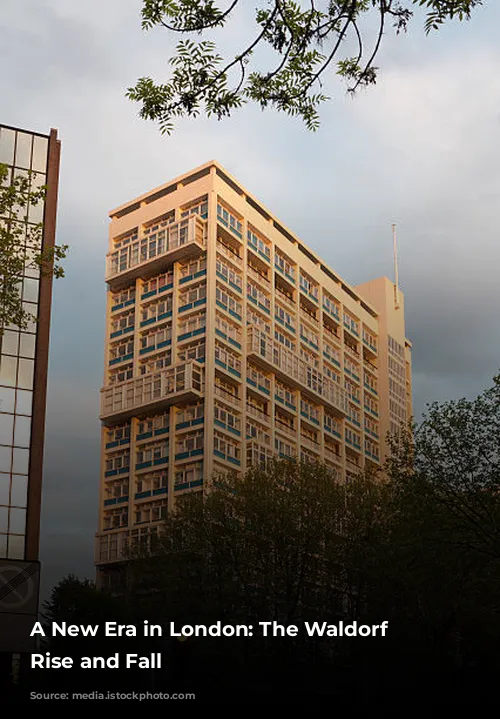
The “Waldorf” Name: A Symbol of Luxury and Wealth
The partners wisely chose the name “Waldorf” for their venture, hoping to capitalize on the prestige associated with William Waldorf Astor, a recently naturalized British citizen and the world’s richest man at the time. They believed the name would evoke notions of opulence and success. While the “Waldorf” name certainly held allure, the project faced challenges. Competition from other theatre ventures arose, and securing funding proved difficult.
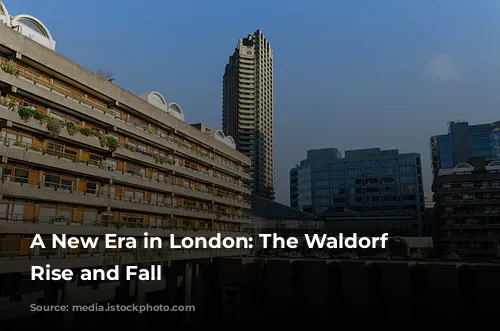
A Vision of Edwardian Grandeur
Despite these setbacks, Saunders and Wild managed to secure the services of renowned architect, Alexander Marshall Mackenzie. Mackenzie, inspired by the modern hotels he had witnessed in the United States, envisioned a masterpiece of Edwardian design. He meticulously planned the Waldorf, incorporating an abundance of bathrooms, a testament to the changing expectations of luxury, and three grand entrance halls, culminating in a breathtaking Palm Court lounge. The hotel was a testament to Mackenzie’s vision, earning praise for its architectural elegance and becoming a prominent landmark in the evolving cityscape.

A Haven of Luxury: The Waldorf’s Grand Opening
The Waldorf Hotel, with its 400 bedrooms, 176 bathrooms, and an array of modern amenities, opened its doors in 1908. The hotel was a triumph of innovation and luxury. Electric lights, telephones in every room, and a dedicated telephone exchange were revolutionary features for the time. The public rooms were a spectacle of opulence, spanning two floors and offering amenities like a billiards room, a ladies’ drawing room, and private suites with stunning views of the Aldwych.
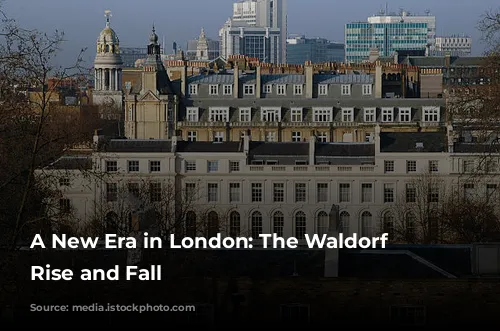
The Waldorf: A Hub of Social Life and Entertainment
The hotel quickly became a social hub, with its grand ballroom becoming a popular spot for dancing and entertainment. The introduction of Tango Teas in the 1920s added a touch of modern flair to the hotel’s social scene. In the 1920s, the hotel’s ballroom became a beacon of social life, with the introduction of Tango Teas adding a touch of modern flair to the hotel’s social scene.

Wartime Trials and Post-War Rebuilding
The Waldorf, like many London landmarks, endured the hardships of World War II. A tragic bombing during the war caused significant damage, but the hotel’s spirit remained unbroken. Following the war, the Waldorf, like other London institutions, faced the challenges of post-war austerity. Despite these trials, the hotel persevered, striving to regain its pre-war grandeur.

A New Era of Success: The Rise of Forte Plc
The hotel’s fortunes changed when Charles Forte, a visionary entrepreneur, acquired the Waldorf in 1959. This marked the beginning of a new era for the hotel, as it became part of the burgeoning Forte Plc hotel empire. Under Forte’s leadership, the hotel flourished, undergoing renovations and continuing to cater to a discerning clientele.

A Legacy of Elegance: The Waldorf Today
The Waldorf continued its legacy of luxury and hospitality, undergoing a significant refurbishment in 1992. The hotel reopened in 1993, marking its 85th anniversary, and continued to be a prominent fixture in the London landscape. In 2004, Hilton Hotels took over management, embarking on a substantial investment program to further enhance the hotel’s facilities and guest experience.
The Waldorf Hotel stands as a testament to the enduring allure of London and the spirit of resilience that has defined its history. From its grand opening in 1908 to its present day standing as a modern landmark, the Waldorf has been a beacon of luxury and elegance, a place where history and modernity intertwine to create a truly unique and memorable experience.
